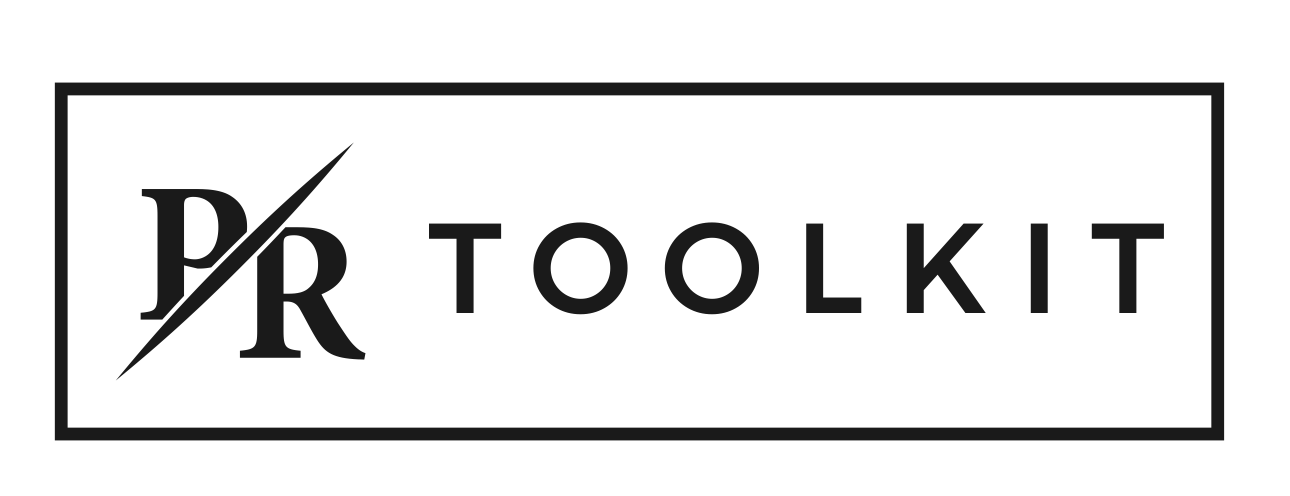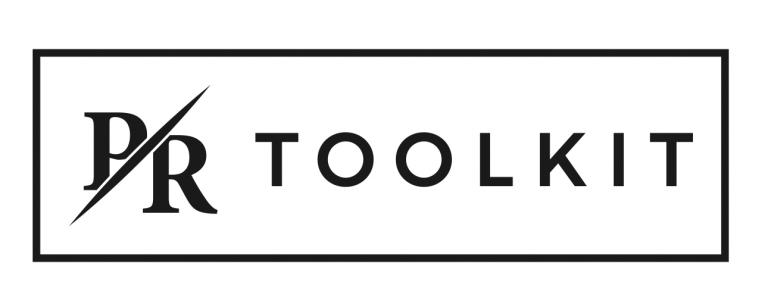Most people would recognise Instagram as the often highly curated, image-centric social media platform that has grown to become a significant revenue generating tool for influencers, brands and businesses alike.
But is Instagram becoming more than just pretty pictures, branded partnerships, and sponsored content? Apparently so!
According to a recent report by the Reuters Institute in the UK, an increasing number of people are turning to Instagram for their news.
In fact, since 2018 the use of Instagram for news has doubled across all age groups, with the platform set to overtake Twitter as a news source in the coming year – with younger people in particular embracing the platform for their news.
Based on survey results for 12 countries, including Australia, the report found that Instagram reaches 11% of people of all ages for news.
And this has got me thinking…
A couple of weeks ago, I reflected on the Bauer closures and what this meant for the future of PR. I argued that it didn’t necessarily signal the ‘death of PR’ as some had lamented, but rather just another period of transition. I noted that the businesses that will survive and thrive during these times of change are those that are agile and brave enough to pivot, identify new opportunities and innovate in order to future-proof.
I also pondered what the next storytelling platform would be and what the next evolution of the PR industry would be. Perhaps in answering my own question, the platform already exists but it’s simply how we use it that might start to change.
Off the back of this research, I wonder if we might start to see more news and editorial platforms developed solely for the Insta-audience, in particular the younger demographic?
Yes, of course many editorial outlets already have Instagram pages, but they’re designed to support their primary platform, be it traditional or digital, rather than actually being the primary platform. I wonder instead if these numbers signal an opportunity for a new style of news distribution and consumption, one specifically tailored to the Instagram platform?
The 18 to 34 year old demographic make up about 63 per cent of Instagram users worldwide, and generally speaking, this audience isn’t hugely inclined to pick up a newspaper on a regular basis.
However, the report certainly indicates an appetite for news consumption and perhaps an opportunity for more of it to be delivered via their Insta-feeds. And with more news and content tailored to them specifically, could the demand grow?
With one billion active users around the world, and close to 10 million in Australia alone – many who use the app multiple times a day – the Instagram numbers are compelling, more so than the current viewership or readership of traditional media outlets in Australia.
Which begs the question – is the future of Instagram about more than just influencers and pretty pictures? Only time will tell.

